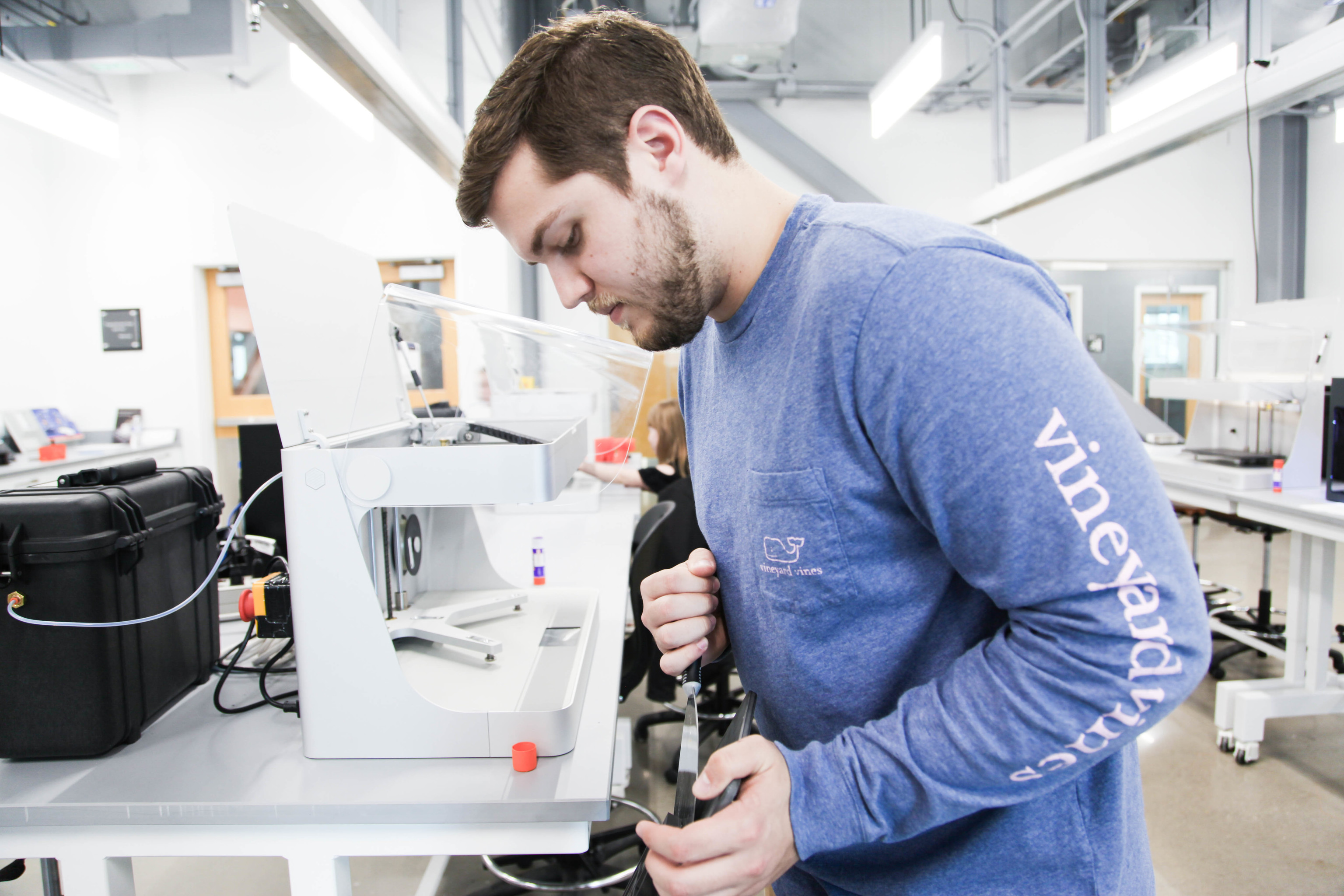
Learn how Oklahoma State University and Purdue University students use 3D printers.
We often report on the various tools, fixtures and production parts that so many companies around the world are making with Markforged technology. But it’s not just companies that benefit from additive manufacturing.
Universities are beginning to educate students about 3D printers to learn where they can best be integrated into the manufacturing process. From concept to design to production, 3D printers support all the steps required to produce functional parts. Learn how two universities are using Markforged technology to teach students the value of additive manufacturing.
Request a demo!
Feel the strength of continuous fiber for yourself.

Oklahoma State University
„What you can achieve with additive manufacturing – this is not possible with subtractive manufacturing. The ease of use of additive manufacturing accelerates the students’ ability to move from concept to workpiece. However, our task is to teach students both additive and subtractive manufacturing, as well as the strengths, weaknesses and the connection between the two technologies. I don’t want to brag, but we do this throughout the College of Engineering Architecture and Technology (CEAT) from the first semester onwards!”
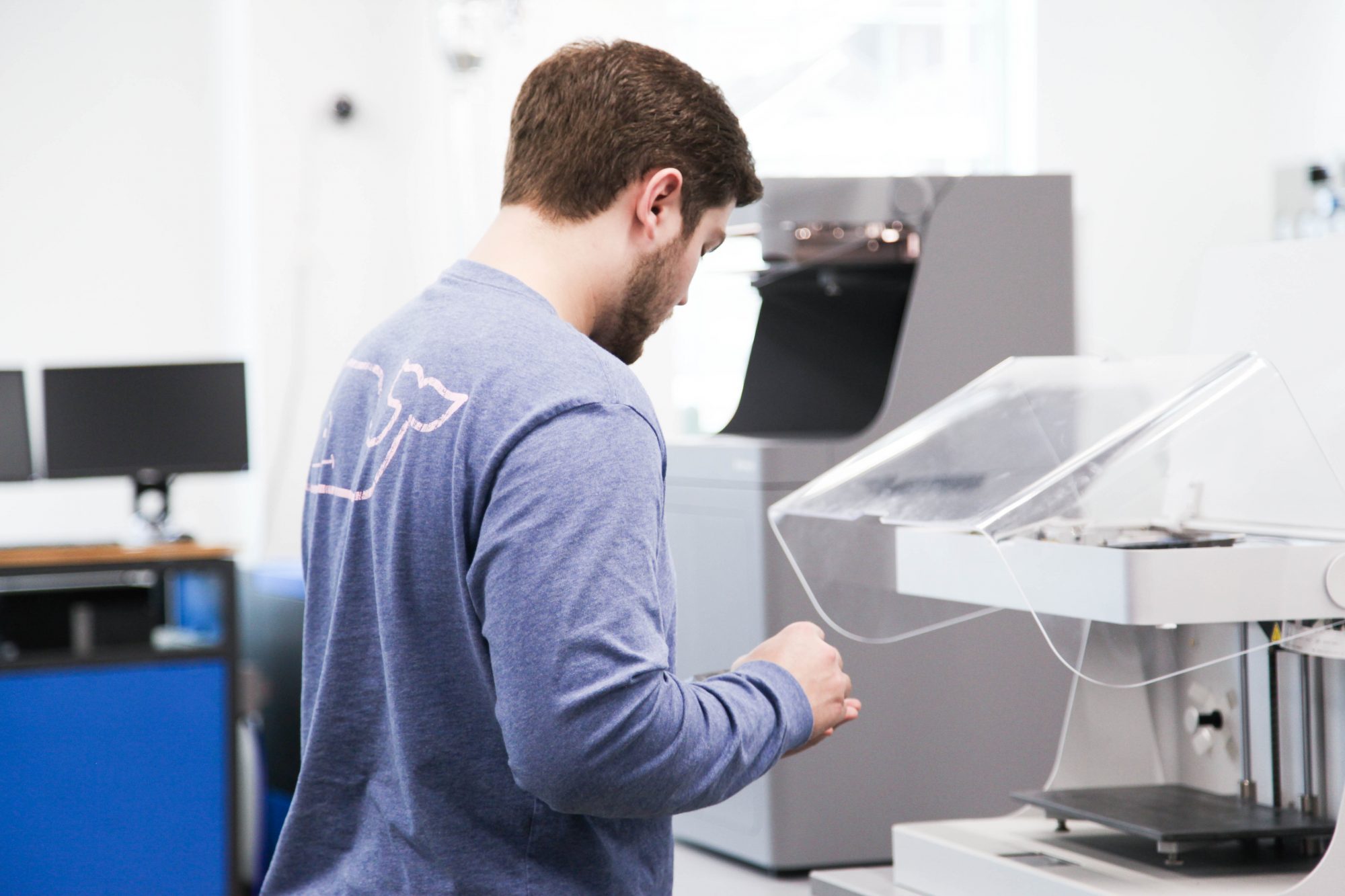
At Oklahoma State University at the College of Engineering, Architecture and Technology (CEAT), students have access to the ENDEAVOR facility. ENDEAVOR is a 72,000-foot facility with 12 laboratories, five MakerSpace sites and five design laboratories – as well as offices and other non-laboratory space. The facility is used by 1,500-2,000 students annually and hosts 38 courses from eight engineering departments.
The industrial equipment used to train future engineers in ENDEAVOR includes two Onyx Pros, two Mark Twos, an X7 and a Metal X. “Markforged came to our radar because of their onyx and continuous fiber reinforcement printers. “We were really interested,” says Dr. Brad Rowland, ENDEAVOR operations manager at Oklahoma State University.
Rowland explains that he hopes that Metal X will help to raise the status of OSU students compared to others. “The ability for students to print with metal would be a huge success for student design projects,” says Rowland.
Currently, students are using the composite printers for a variety of projects ranging from remote-controlled carts to specific unmanned aerial vehicle projects. “We already have two products developed by students in patent review. One of them will use the Markforged Mark Two printers in production,” says Rowland.
ENDEAVOR gives students the opportunity to go from idea to part in hand, often producing parts that cannot be made with conventional manufacturing – or parts that combine subtractive, additive and other techniques such as casting.
Purdue University
„We use the analogy that we are like a gym. We offer training and we have the equipment, but you have to come in and bring the commitment and determination.“
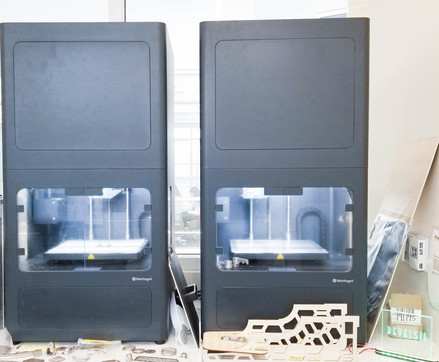
Purdue University founded the Bechtel Innovation Design Center – a pioneering prototyping facility and production center built by students for students. “Students can do just about anything they want to do,” says David McMillin, the facility’s deputy director.
The center offers students 3D printers for everything from electric skateboards to electric racing cars. Available technology is free to all students – and there are 400,000 of them – and students have the option of using 20 cloud-enabled 3D printers, including two Markforged Metal Xs and two Mark Twos, as well as traditional manufacturing equipment such as CNC milling, CNC lathes and a full woodworking shop. The idea behind the center is for students to come in, try to develop something, and drive a product from idea to implementation.
“3D printing is a really good way to get people involved and excited about manufacturing with little effort and low risk,” says McMillin. The center has more than 20 student companions to help anyone who wants to use additive manufacturing for their project. According to McMillin, level control on the Mark Two is something students like best. “The resolution, accuracy of fit and surface finish obtained is unparalleled. You print reliably and the surface finish is beautiful straight off the press.”
The students have found several uses for the Metal X printer, which can currently print in 17-4 stainless steel and H13 tool steel. The Metal X has been used to print race car joint mounts for mounting rod ends in a race car and a Mach 2 wind tunnel test target. “It is obvious that the industry is working very hard to develop and perfect 3D metal printing technology and that this is something that people are interested in. Our students, professors, the university and the world expect this technology.”

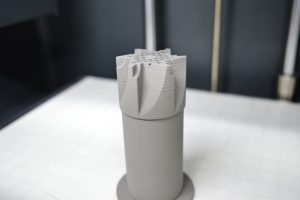
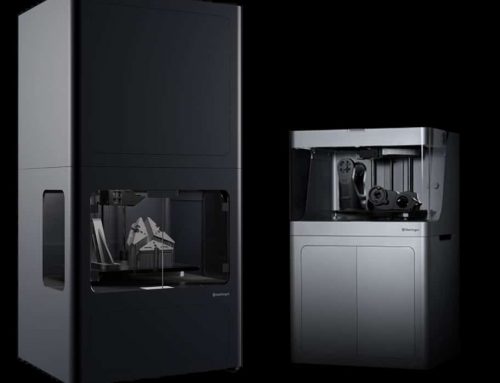
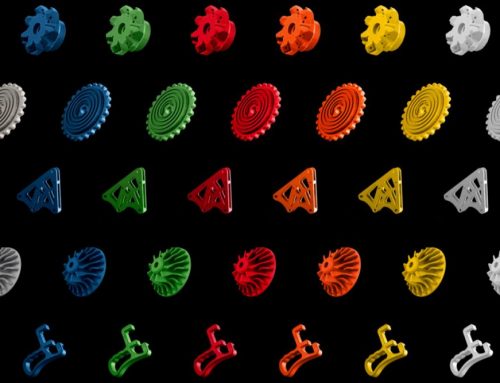
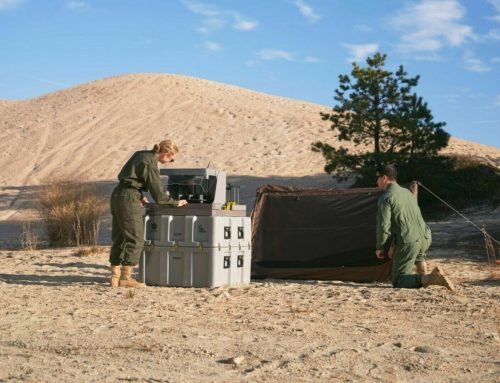

Leave A Comment